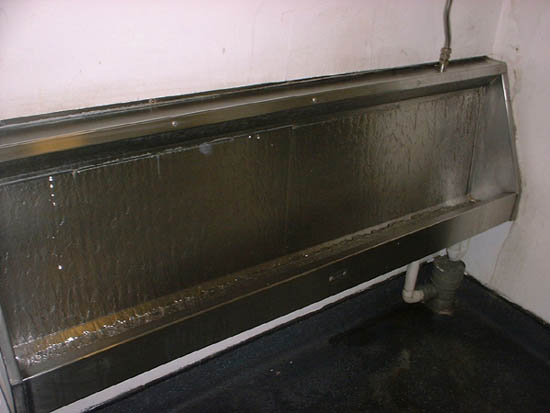
Below is the architectural history of this London landmark:
"There is no official reference to a church on the site of St Martin's until Norman times, when in 1222 a dispute was recorded between William, Abbot of Westminster, and Eustace, Bishop of London on the Bishop's authority over the church. The Archbishop of Canterbury decided in favour of the abbot and St Martin's, then surrounded by fields, appears to have been used by the monks of Westminster. Whilst it has been suggested that there was a place of worship on the site prior to this date, there is little evidence to verify that this is true.
"In around 1542, Henry VIII, as ruthless with the monks as with his wives, built a new church and extended the parish boundaries to keep plague victims from being carried through his palace. This was enlarged in 1607 at the cost of Prince Henry, the son of King James I.
"In 1721, the church was pulled down and the current building, designed by James Gibbs, was erected. Gibbs was a Scottish architect in the Italian Baroque tradition. Four years before beginning his work on the new St Martin's he completed his Wren-influenced St Mary le Strand, which still stands today only a few yards from St Martin's.
"Consecrated in 1726, the �60,000 church was the subject of controversy. Fellow architect John Gwynn commented at the time that, "The absurd rustication of the windows, and the heavy sills and trusses under them, are unpardonable blemishes", but that, "...the portico is truly noble". Another architect, Thomas Malton noted that, "We have in the exterior of this church an excellent example of Roman architecture in its highest style of improvement...". However, despite criticism, it has since formed the inspiration behind the design of many churches throughout the world and particularly in the United States."